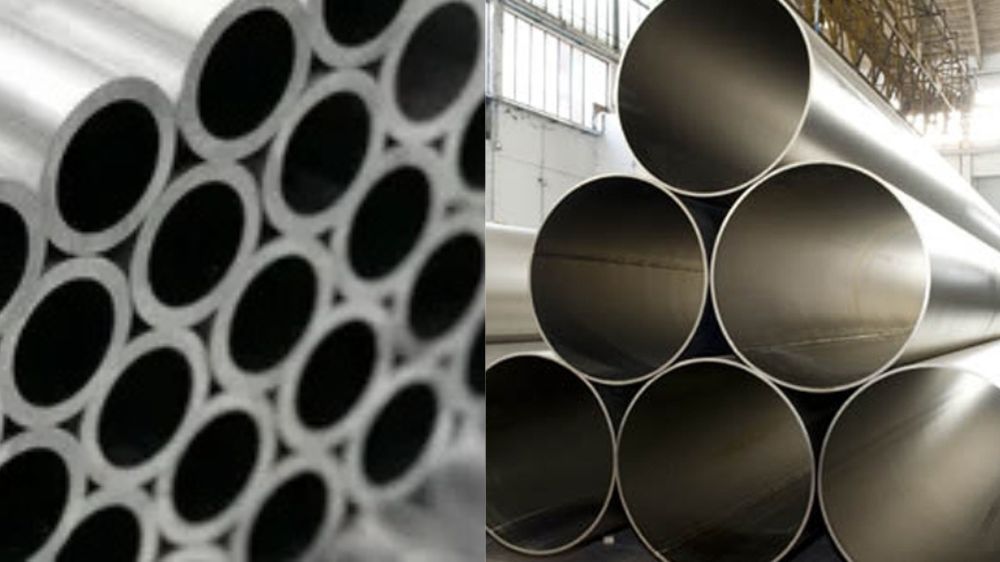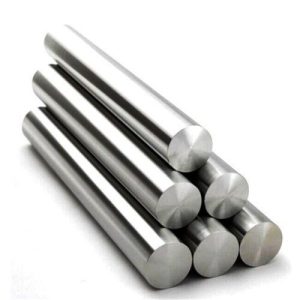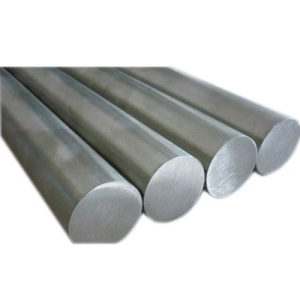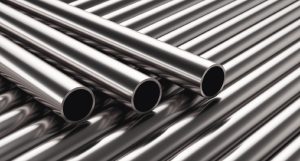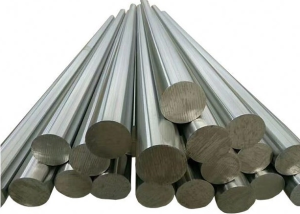Duplex and super duplex steel pipes are used in industries that need strong and corrosion-resistant materials. These include oil and gas, chemical processing, marine, and power generation. Though both materials look similar, they are different in how they perform under tough conditions. This blog explains the difference between duplex steel pipes and super duplex steel seamless pipes, focusing on strength, corrosion resistance, composition, and common uses.
What is Duplex Steel Pipe?
Duplex steel pipe is made from a mix of austenitic and ferritic stainless steel. This mix gives it better strength than regular stainless steel. It is also more resistant to cracking and corrosion. Duplex steel has about equal parts of ferrite and austenite in its structure.
These pipes are used in situations where strength, pressure resistance and corrosion protection are important. Duplex steel is good for use in areas with stress, high pressure, or salty environments.
What is Super Duplex Steel Seamless Pipe?
Super duplex steel seamless pipe is a more advanced version of duplex steel. It has a higher level of chromium, molybdenum, and nitrogen. These additions improve its strength and corrosion resistance.
Super Duplex Steel S32750 Seamless Pipe is known for working well in harsh settings. It can handle high levels of pressure and heat. It also holds up better against stress corrosion cracking, pitting and crevice corrosion than standard duplex steel.
The word “seamless” means the pipe has no welds or joints. This gives it better strength and a smoother flow inside the pipe. Seamless pipes are often chosen for high-performance systems.
Main Differences Between Duplex and Super Duplex Steel Pipes
Chemical Composition
Duplex steel has lower amounts of chromium and molybdenum than super duplex.
Super Duplex Steel S32750 Seamless Pipe contains around 25% chromium, 4% molybdenum, and 0.25% nitrogen. This chemical mix gives it improved strength and longer life in harsh conditions.
Strength and Durability
Both are stronger than regular stainless steel. But super duplex has higher yield strength. This means it can take more pressure and stress without deforming. It also lasts longer in demanding environments.
Corrosion Resistance
Super duplex has better corrosion resistance than duplex steel. This makes Super Duplex Seamless Pipe ideal for marine, offshore, and chemical uses where chloride exposure is high. Duplex steel performs well, but super duplex offers a longer service life under tougher conditions.
Working Temperature
Super duplex pipes can handle higher temperatures without losing strength.
Duplex steel pipes are limited when it comes to high-heat applications. For operations with frequent temperature changes or exposure to heat, super duplex is a safer choice.
Applications
Duplex steel pipes are used in water treatment, storage tanks, and structural parts of buildings.
Super duplex steel seamless pipe is used in oil and gas platforms, subsea equipment, chemical plants, and desalination systems. It is often chosen when failure is not an option.
Cost
Duplex steel is more affordable than super duplex. However, the higher cost of super duplex pays off with better performance and longer life. In high-risk systems, using super duplex helps avoid costly breakdowns or failures.
Weldability and Fabrication
Duplex steel is easier to weld and work with than super duplex. Super duplex needs more care during welding to avoid damaging the material’s structure. This makes fabrication more time-consuming but still manageable with the right skills and tools.
Availability
Duplex steel pipes are more common and easier to find. Super duplex seamless pipes are more specialized and may need to be sourced through select suppliers. It is often made to order for specific high-performance projects.
Common Uses of Duplex Steel Pipes
1. Water Treatment Plants
Duplex steel pipes are usually employed in wastewater and desalination plant piping systems. They are resistant to chemical corrosion and saltwater corrosion.
2. Structural Piping
They are applied in the bridge support structures, buildings, as well as offshore platforms. They provide the required strength for high-load structures.
3. Chemical Processing Equipment
Duplex pipes carry acids and chemicals in processing plants. They can handle strong fluids without damage or corrosion.
4. Heat Exchangers
Duplex steel works well in heat exchanger tubing due to its strength and resistance to stress and corrosion cracking.
5. Firefighting Water Lines
They are employed in firefighting pipe systems that need to resist internal pressure and exposure to the elements.
Common Uses of Super Duplex Steel S32750 Seamless Pipes
1. Offshore Oil and Gas Platforms
Super duplex steel seamless pipe is widely used in topside and subsea systems. It handles seawater, high pressure, and harsh chemicals without rusting or failing.
2. Subsea Piping Systems
It’s utilized for flowlines, risers, and control lines under the sea. The seamless design minimizes leaks in deep water conditions.
3. Desalination Plants
These pipes are used in the high-pressure areas of desalination plants where seawater is processed. The material resists chloride corrosion, even at elevated temperatures.
4. Pressure Vessels and Heat Exchangers
In critical equipment where heat, pressure, and corrosion come together, S32750 pipes maintain performance and integrity.
5. Pulp and Paper Industry
The pipes are used in digesters, bleach plants, and chemical recovery systems where both chemical exposure and pressure are common.
Final Thoughts
Duplex and super duplex steel pipes both offer strength, corrosion resistance, and long service life. The main difference is how well they perform in extreme settings. Super Duplex Steel Seamless Pipe is built for tougher conditions and high-stress environments. It costs more but delivers better value in critical systems where failure is not an option.
Selection between duplex and super duplex depends on the industry, environment and the budget. Duplex steel is a suitable option for general purposes. Super duplex is a better option for high-risk or corrosion-prone systems.

